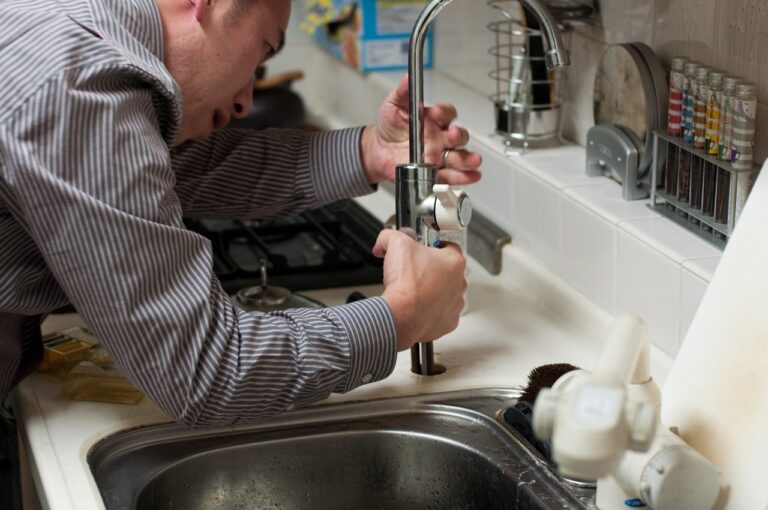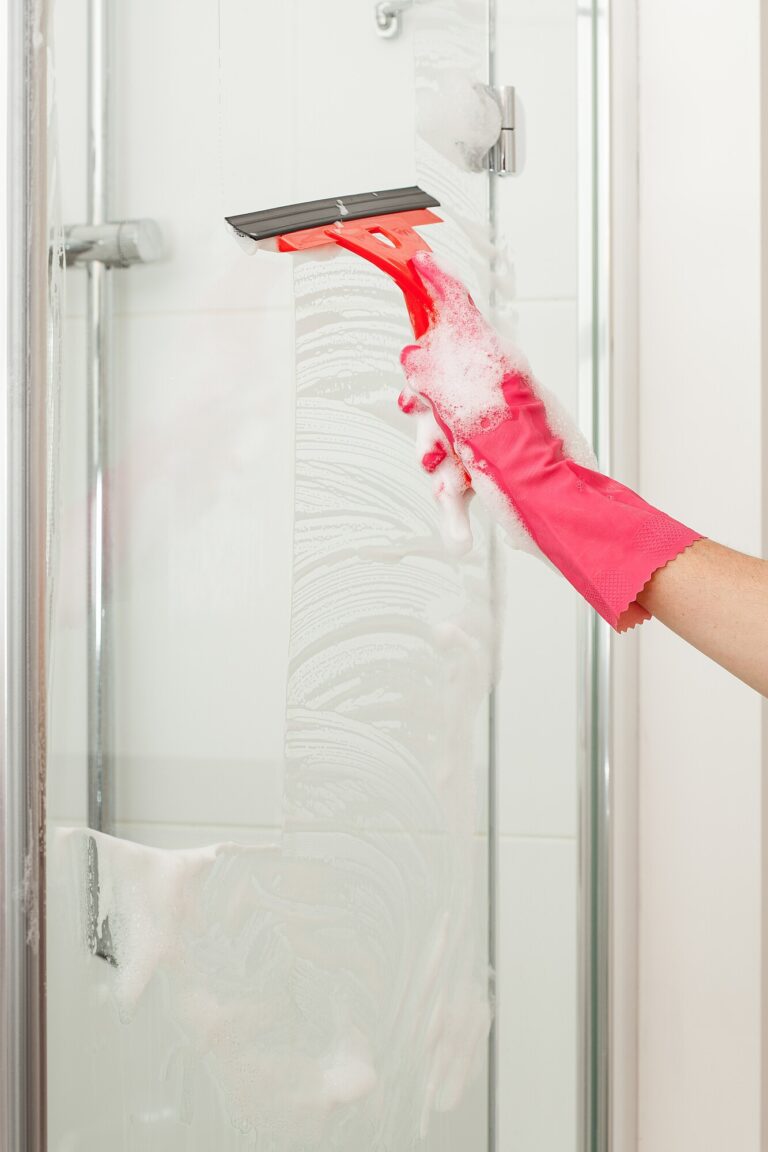When to Worry About a Ceiling Leak (Almost Always)
If a ceiling leak is discovered in your home, it shouldn’t be mistaken for a minor problem. A leaky ceiling causes hazardous mold growth and extensive damage to your home.
Depending on the amount of water coming through, you should be concerned about certain amounts of water. Here are some red flags that indicate the need to take action immediately.
Read on!
Water Damage
If your ceiling leaks, it can cause much water damage to your home. Even a small, steady drip can add up over time and soak the materials around it. This moisture can get into the walls, floors, and other parts of the building, which can cause warping, discoloration, and damage.
In the worst cases, long-term exposure to water can weaken load-bearing structures, which means they need expensive repairs.
Health Risks
When moisture is in the air, like when a ceiling leaks, mold and mildew can grow. Mold spores can travel through the air and cause breathing problems, allergies, and other health problems when inhaled.
Mold can cause more serious health problems if exposed for a long time, especially if you have a weak immune system or breathing problems. If you notice your family is experience health issues, then it’s time to worry.
Electrical Hazards
If water from a leak in the ceiling gets on electrical wiring or fixtures, this is a major safety risk. Water is a good conductor of electricity, so when it gets to wires or other electrical parts that aren’t covered, it can cause short circuits, shocks, or even fires.
These electrical hazards put the people living there in danger and the property itself at risk. It’s important to turn off the power in the area and get help from a professional to fix the leak and any electrical damage.
Structural Damage
Over time, a persistent ceiling leak can compromise the structural integrity of your home. The constant presence of water can weaken ceiling materials such as drywall, plaster, or wooden beams. As these materials become saturated, they may begin to sag, bow, or even collapse in severe cases.
Structural damage poses a significant risk to the safety of occupants and can lead to costly repairs. Additionally, if the leak originates from the roof, it can exacerbate roof damage, further compromising the overall structural stability of the building.
Hidden Issues
A roof leak is often a symptom of an underlying problem that needs attention. It may indicate issues such as a burst pipe, damaged roof, or plumbing malfunction. Ignoring the leak and failing to address the root cause can result in recurring leaks and ongoing damage.
Given the potential risks associated with a ceiling leak, it is crucial not to dismiss it as a minor inconvenience if you want to repair your ceiling. Timely action, including contacting professionals with expertise in plumbing, roofing, or general contracting, is essential. They can assess the situation, identify the source of the leak, and provide the necessary repairs to restore the integrity of your ceiling.
Repair That Ceiling Leak Before It’s Too Late
A ceiling leak should never be ignored. Regular inspections of your roof should be done to prevent such issues from arising in the first place.
If you suspect a leak, contact a professional immediately – don’t wait. The sooner it’s taken care of, the less damage and cost you will incur. Invest in regular roof maintenance to protect your home and family.
We hope you found this article helpful. If you did, be sure to check out our blog for more great content like this.





